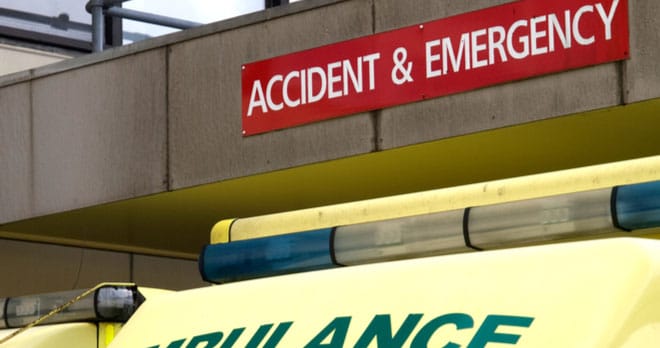Ambulance waiting times: a national health hazard

I was saddened, but not very surprised, to read recently that ambulance waiting times have lengthened unacceptably over much of England and Wales.
The ambulance services were pushed beyond breaking point during the successive waves of the Covid pandemic – which is still very much with us.
In what is presented to us (inaccurately) as a post-Covid world, the waiting times for ambulances now frequently extend well beyond their target times, and those same targets are now being branded as undeliverable. This is not very surprising: in one Ambulance Trust area, the number of ambulances prior to the pandemic was cut from around 250 to 12. That wasn’t safe before Covid (it definitely isn’t safe during it), and pressures on the service are now being added to as staff leave in droves, dissatisfied by the service they can deliver with the funds allocated to them.
Ambulances have set triage times for a very good reason – namely, patient safety. Getting to patients who are suffering from heart attacks or strokes promptly is vital if we are to ensure, bluntly, that people don’t die needlessly. Viewing what were deemed to be fairly generous margins that still ensured patient safety as unachievable desiderata is the sign of a system that is broken.
Over the past year or two, we have seen cases involving ambulance delays have been steadily increasing. In one truly harrowing case we took on, a very nice older couple were kept waiting for over an hour by an ambulance. Prior to them calling for an ambulance, the husband had developed chest pains. These steadily worsened and he eventually lost consciousness. His wife called four times in the course of an hour. She was repeatedly assured that the ambulance was on its way, but ended up giving him CPR. When the ambulance finally arrived, he was pronounced dead at the scene.
I repeat – this system is broken. And that makes it dangerous.
Until it is fixed, rates of avoidable death from heart attacks, strokes and other life-threatening ailments will climb, and so too will catastrophic outcomes such as brain damage due to oxygen starvation and paralysis. The call on the public purse will ultimately go up, not down, and in the meantime individuals’ lives will have been needlessly blighted. Until it is fixed, and sad though it is to say it, negligence may well be the new norm.
Clinical negligence litigation – like many forms of litigation – has a social function: it is the canary in the coalmine for systemic clinical issues. Right now, the canary is gasping for air. Want to try calling it an ambulance?
If you have been affected by any of these issues, please feel free to contact us to discuss matters further.
Call now